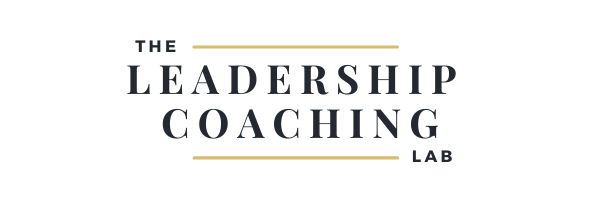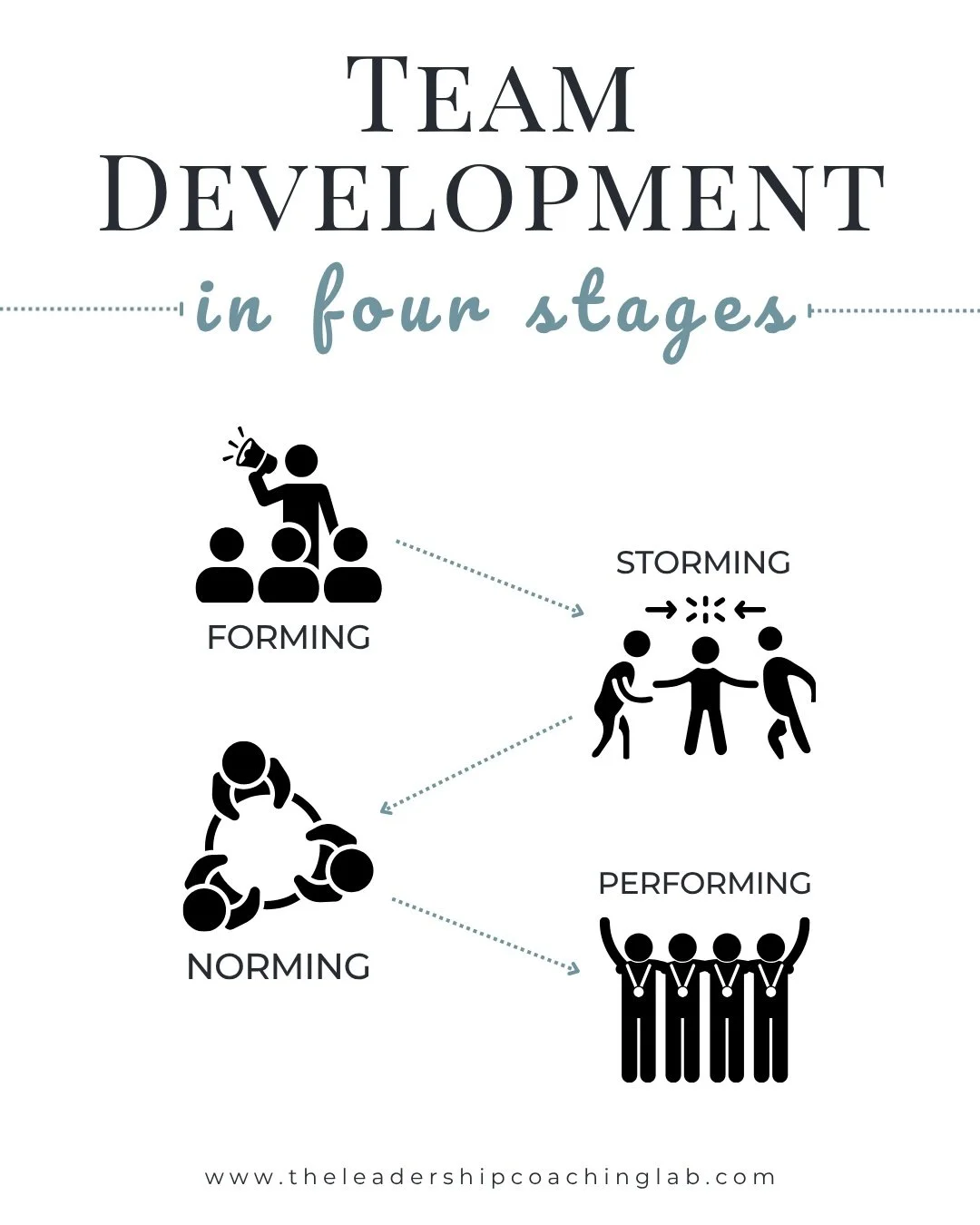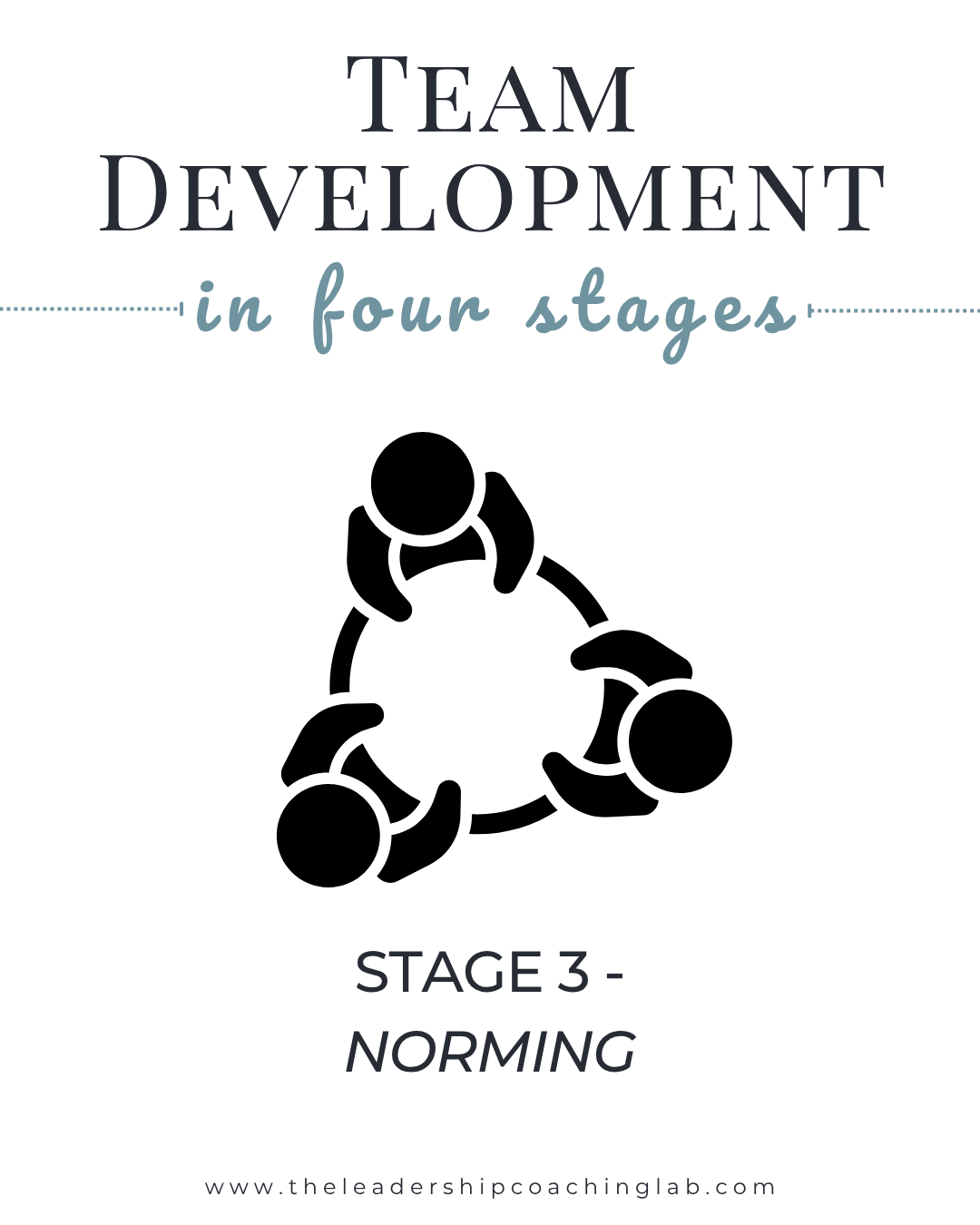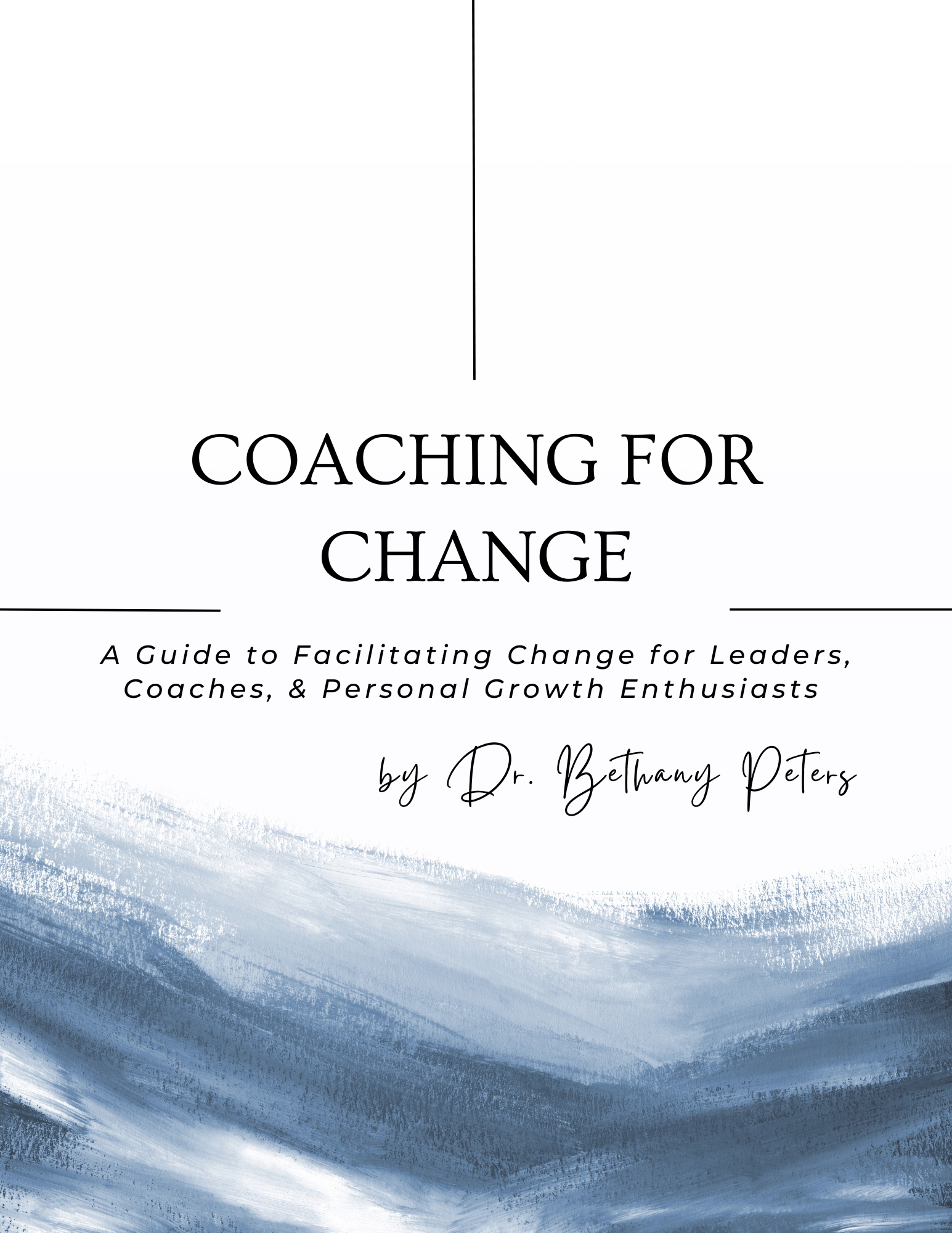Beyond Forming and Storming: A Leader's Guide to People-First Team Development
"If you want to go fast, go alone. If you want to go far, go together."
— African Proverb
If you’ve ever led a team, you’ve probably felt it: the tension in a meeting when ideas clash, the awkward silences when people aren’t sure what to say, the relief when the group finally finds its stride. Those moments might feel random, but they’re actually a logical part of a team’s growth journey—what psychologist Bruce Tuckman famously described as the stages of team development.
According to Tuckman’s research, teams follow a somewhat predictable path as they grow—and the bumps and pivots along the way are often an important part of the process. When leaders recognize these shifts as part of a natural rhythm, they can respond with strategies that match the moment—offering clarity in the early days, guiding through conflict, fostering shared norms, and empowering high performance. That awareness turns team development from a reactive process into a purposeful one.
This post offers a people-first perspective on team development — consider it an empathy map for more intentional team growth. If you’re a leader, you will be able to connect with what your people are likely thinking, feeling, and experiencing in each stage. And if you’re a team member, hopefully you can find some validation or support for what you are experiencing.
Here’s what we’ll cover:
The 4 key stages of team development — Tuckman’s model explained in plain language
An empathy map to understand what your team is experiencing at each stage, so you can spot patterns before they turn into problems
Typical challenges & opportunities represented for the team members in each stage
By the end, you’ll have a clear, people-centered framework to guide your team from its first steps together to high performance.
Tuckman’s Stages of Team Development
Back in 1965, educational psychologist Dr. Bruce Tuckman did something simple but brilliant: he gave language to a pattern leaders had been observing for years. By studying more than 50 different groups—everything from therapy circles to military squads—Tuckman saw the same rhythm of development repeating over and over.
After his review of group development research literature, Tuckman identified four phases.
Forming – The polite, careful early days.
Storming – The inevitable clashes of ideas, personalities, and styles.
Norming – The in between stage where you are figuring out the patterns and best ways of working together.
Performing – The flow state of teamwork: where high trust is combined with high productivity.
Later, with colleague Mary Ann Jensen, Tuckman added a fifth stage—Adjourning—to describe how teams finish their collaboration and say goodbye (especially relevant for temporary, project-based teams).
Tuckman’s four-stage model has endured for decades and remains one of the most widely referenced frameworks within leaders and organizations. It’s prevalent in management courses, coaching programs, and even used widely in team-building exercises—because it provides a shared language for something that can otherwise feel vague and uncomfortable.
It makes the messy human side of teamwork easier to name and navigate, reassuring leaders that those awkward or stormy moments aren’t a sign of failure but a natural—and often necessary—rite of passage on the way to stronger collaboration. And in today’s fast-moving, technology-centric, hybrid work environments, that clarity is more valuable than ever.
The Journey isn’t Linear
One of the biggest misconceptions about this model is that there is a straight and tidy line stretching cleanly from Forming to Performing. In reality, teams can loop back at any time. Natural team disruptions that can bring your team back to an earlier stage include a new hire, a leadership change, or a shift in vision or strategy.
The goal for a people-first leader is not to panic when regressions happen, but instead to be reassured that these kinds of movements are natural opportunities to reset and strengthen the team’s foundation.
It’s also common to assume that the "Storming" stage should be avoided at all costs. However, while it may be uncomfortable, this stage is essential for building trust.
When you’re equipped to navigate storming, different perspectives can converge to create stronger solutions. A team that avoids this stage often ends up in a state of "artificial harmony," where thorny issues simmer under the surface. A healthy storm leads to a healthier, more resilient team.
A leader's job is not to do the work for others, it's to help others do their own work.
-Simon Sinek
An Empathy Map for Each Stage
One of the most important distinctions of Tuckman’s model is that it highlights the people side of teamwork. Although task lists, processes, deadlines, and org charts often dominate your team’s workflow, they can’t always explain how your team is feeling. And although this soft side may be tempting to gloss over, the feelings are significant. They shape trust, motivation, and whether or not people bring their best ideas and unique strengths forward.
That’s why an empathy map is such a powerful companion to Tuckman’s stages. While the model outlines the predictable structural shifts a team moves through, an empathy map surfaces the human experience in each stage—the unspoken thoughts, emotions, and needs that influence how people show up.
When you can read emotional cues through the lens of team development stages, you will be more likely to meet your team where they are, respond with empathy, and guide them toward the next stage with greater confidence and connection.
1. The Forming Stage: Breaking the Ice
What’s likely going on in your team: A mix of excitement and anxiety. People are polite but cautious, constantly scanning for social cues. They often feel more dependent on the leader and have a high need for clarity, paired with a strong desire for psychological safety.
"Will I be accepted here? Is it safe to be myself?"
"What are the unspoken rules?"
"Am I qualified enough for this team?"
A common early challenge is to overcome the fear of judgment and move from polite observation to active participation. Tips for team members in this stage include asking questions, sharing needs, and clarifying work styles.
2. The Storming Stage: Working Through the Weather
What’s likely going on in your team: Differences surface and ideas clash. Frustration may spike as personalities, priorities, and working styles bump up against each other. Trust is still forming, and boundaries are being tested.
"Why are we doing it this way?"
"Do they really understand my perspective?"
"Am I being heard?"
One challenge frequently experienced here is navigating disagreement without eliminating trust. Encouraging open, respectful dialogue helps transform conflict into clarity. Leaders and team members can normalize healthy tension as a sign of progress rather than a problem to avoid.
3. The Norming Stage: Finding our Flow
What’s likely going on in your team: People begin to find common ground. Shared norms, routines, and expectations emerge, making collaboration feel smoother. There’s growing trust and a clearer sense of roles.
"We’re figuring this out."
"What if we meet every week for a short check-in?”
"Let’s meet for happy hour once a month.”
The opportunity here is to strengthen connections and reinforce what’s working. Acknowledging progress, celebrating small wins, and inviting feedback ensures the foundation stays strong as the team heads toward higher performance.
4. The Performing Stage: Hitting Our Stride
What’s likely going on in your team: Roles are clear, trust is strong, and the team can focus on delivering high-quality work with minimal friction. People feel confident taking initiative and supporting each other.
"We know what we’re doing—and we trust each other to do it."
"Let’s keep raising the bar."
"We can handle challenges as they come."
The main opportunity here is sustaining momentum. Encouraging autonomy, recognizing contributions, and keeping the purpose front and center will help the team maintain performance over the long haul.
A People-First Mindset for Navigating Team Development
As a leader, your greatest skill isn’t just checking boxes or hitting the benchmarks. It’s your ability to notice what’s really happening beneath the surface—to listen for the unspoken, hold space for vulnerability, and respond with genuine curiosity and care.
So this week, take a moment to apply the empathy map. If you’re a people leader or in a senior leadership position, simply observe your team:
Where do you think they are in these stages?
What might they be feeling?
If you’re a team member, where would you place your team in these stages?
How can you support encourage
In our next post, we’ll explore the specific, people-first actions you can take to support your team during the critical 'Forming' stage.
Get the Complete Toolkit to Inspire Growth & Change
Get my free 60-page ebook featuring my 8-step process for growth and 80 powerful questions for coaching or reflection - designed for leaders, coaches, & personal growth enthusiasts.
You'll also join 2,000+ professionals who receive The Coaching Mindset, my newsletter for practical tips to inspire intentional growth and tools to take a coach approach.









